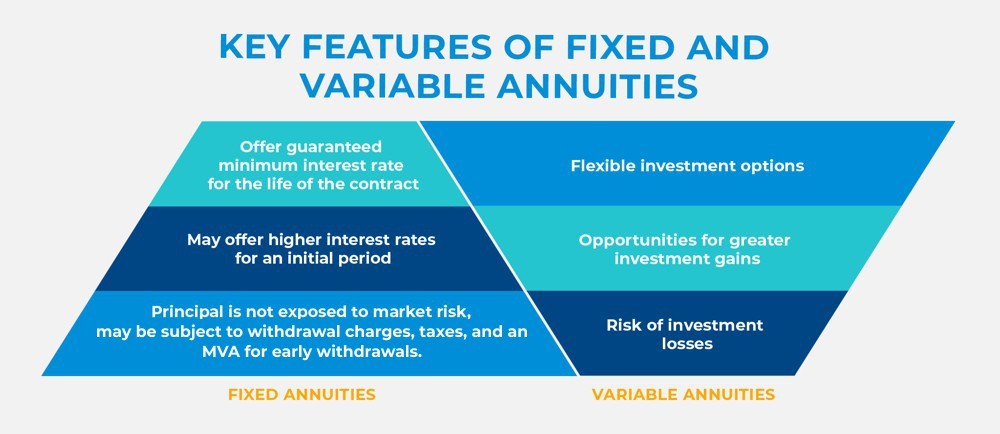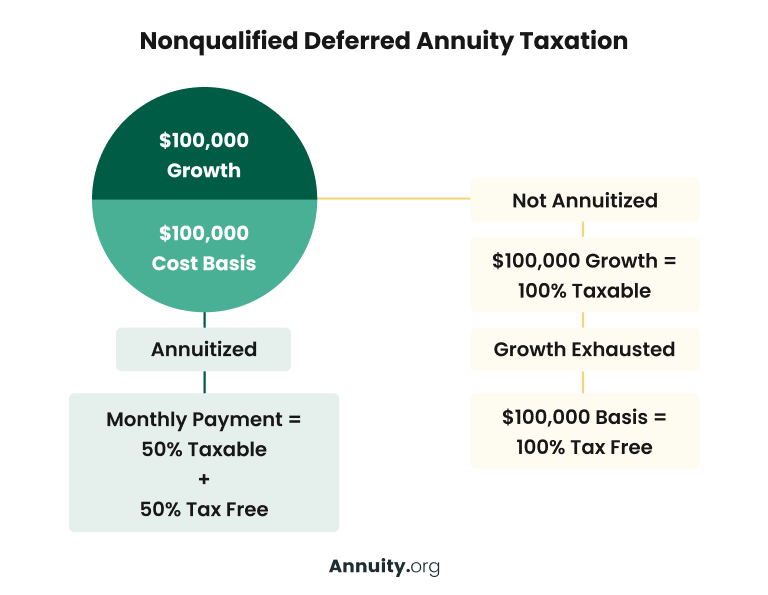All Categories
Featured
Table of Contents
This five-year general policy and 2 complying with exceptions use only when the proprietor's fatality triggers the payment. Annuitant-driven payouts are talked about below. The very first exemption to the general five-year guideline for individual beneficiaries is to approve the survivor benefit over a longer period, not to go beyond the anticipated life time of the beneficiary.
If the beneficiary chooses to take the survivor benefit in this technique, the benefits are tired like any kind of other annuity repayments: partially as tax-free return of principal and partly gross income. The exemption proportion is discovered by utilizing the deceased contractholder's expense basis and the expected payouts based upon the beneficiary's life expectancy (of much shorter duration, if that is what the beneficiary picks).
In this method, occasionally called a "stretch annuity", the beneficiary takes a withdrawal annually-- the required amount of annually's withdrawal is based upon the very same tables used to determine the called for distributions from an IRA. There are 2 advantages to this approach. One, the account is not annuitized so the recipient retains control over the cash money worth in the agreement.
The 2nd exception to the five-year regulation is readily available just to a making it through partner. If the assigned recipient is the contractholder's partner, the partner might choose to "tip into the footwear" of the decedent. Basically, the spouse is treated as if he or she were the owner of the annuity from its creation.
How is an inherited Annuity Beneficiary taxed
Please note this applies just if the partner is called as a "marked recipient"; it is not offered, for instance, if a count on is the beneficiary and the partner is the trustee. The general five-year guideline and the two exemptions just apply to owner-driven annuities, not annuitant-driven contracts. Annuitant-driven agreements will pay fatality benefits when the annuitant dies.

For functions of this conversation, presume that the annuitant and the proprietor are various - Period certain annuities. If the agreement is annuitant-driven and the annuitant passes away, the death activates the fatality benefits and the beneficiary has 60 days to make a decision exactly how to take the survivor benefit based on the terms of the annuity agreement
Also note that the alternative of a partner to "tip into the footwear" of the owner will not be available-- that exception applies just when the owner has died but the owner didn't pass away in the instance, the annuitant did. If the recipient is under age 59, the "death" exception to stay clear of the 10% penalty will certainly not apply to an early circulation once again, since that is readily available just on the fatality of the contractholder (not the death of the annuitant).
Several annuity business have interior underwriting plans that decline to issue contracts that name a different proprietor and annuitant. (There might be odd scenarios in which an annuitant-driven contract fulfills a clients unique requirements, yet usually the tax drawbacks will certainly surpass the benefits - Annuity income riders.) Jointly-owned annuities may posture similar troubles-- or a minimum of they may not offer the estate planning function that other jointly-held possessions do
As an outcome, the survivor benefit must be paid out within five years of the very first owner's fatality, or based on both exemptions (annuitization or spousal continuation). If an annuity is held collectively in between a husband and other half it would certainly show up that if one were to pass away, the other can simply proceed ownership under the spousal continuance exception.
Think that the spouse and better half named their boy as beneficiary of their jointly-owned annuity. Upon the fatality of either owner, the company must pay the death advantages to the boy, who is the beneficiary, not the surviving spouse and this would possibly beat the proprietor's intentions. At a minimum, this example explains the complexity and uncertainty that jointly-held annuities position.
Tax implications of inheriting a Annuity Payouts
D-Man created: Mon May 20, 2024 3:50 pm Alan S. composed: Mon May 20, 2024 2:31 pm D-Man wrote: Mon May 20, 2024 1:36 pm Thanks. Was really hoping there might be a system like establishing up a recipient individual retirement account, however resembles they is not the instance when the estate is configuration as a recipient.

That does not determine the kind of account holding the inherited annuity. If the annuity remained in an acquired IRA annuity, you as executor should be able to appoint the acquired IRA annuities out of the estate to acquired Individual retirement accounts for every estate recipient. This transfer is not a taxable event.
Any kind of circulations made from acquired IRAs after job are taxed to the beneficiary that received them at their regular revenue tax obligation rate for the year of distributions. If the inherited annuities were not in an Individual retirement account at her death, then there is no means to do a straight rollover into an acquired Individual retirement account for either the estate or the estate beneficiaries.
If that occurs, you can still pass the distribution via the estate to the private estate beneficiaries. The tax return for the estate (Type 1041) might consist of Kind K-1, passing the revenue from the estate to the estate beneficiaries to be exhausted at their private tax rates rather than the much greater estate earnings tax prices.
Annuity Interest Rates inheritance and taxes explained

: We will develop a strategy that includes the very best products and functions, such as enhanced death benefits, premium benefits, and irreversible life insurance.: Obtain a tailored method made to optimize your estate's value and decrease tax liabilities.: Carry out the picked strategy and get ongoing support.: We will help you with establishing the annuities and life insurance policies, giving continual support to guarantee the plan stays effective.
Nevertheless, should the inheritance be related to as an income connected to a decedent, then taxes might use. Normally speaking, no. With exception to retirement accounts (such as a 401(k), 403(b), or IRA), life insurance policy proceeds, and savings bond rate of interest, the beneficiary usually will not have to bear any revenue tax on their acquired riches.
The quantity one can acquire from a trust fund without paying taxes depends on various factors. Specific states might have their own estate tax obligation policies.

His goal is to simplify retired life preparation and insurance policy, ensuring that clients understand their choices and protect the very best protection at unequalled prices. Shawn is the owner of The Annuity Specialist, an independent on the internet insurance agency servicing consumers across the United States. Through this system, he and his team aim to get rid of the uncertainty in retired life preparation by assisting individuals discover the very best insurance coverage at the most affordable prices.
Table of Contents
Latest Posts
Decoding Variable Annuity Vs Fixed Annuity Everything You Need to Know About Financial Strategies What Is Variable Vs Fixed Annuities? Advantages and Disadvantages of Different Retirement Plans Why Fi
Understanding Financial Strategies Everything You Need to Know About Fixed Vs Variable Annuities What Is Fixed Index Annuity Vs Variable Annuities? Benefits of Fixed Income Annuity Vs Variable Annuity
Highlighting the Key Features of Long-Term Investments Everything You Need to Know About Financial Strategies Defining the Right Financial Strategy Features of Fixed Annuity Vs Equity-linked Variable
More
Latest Posts